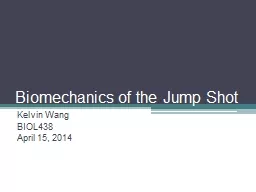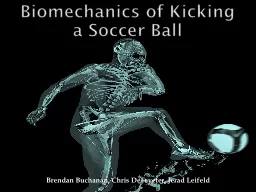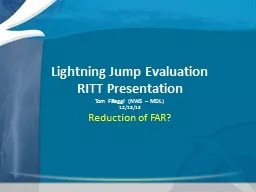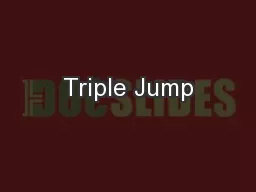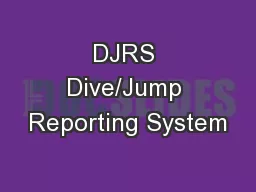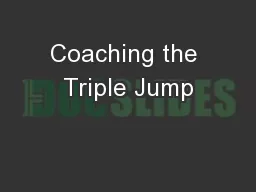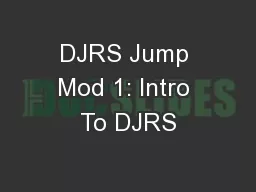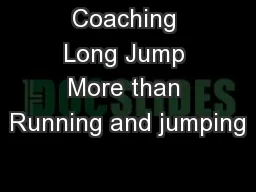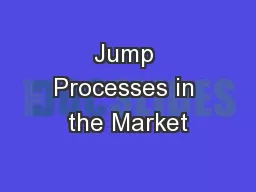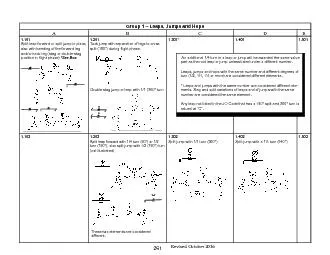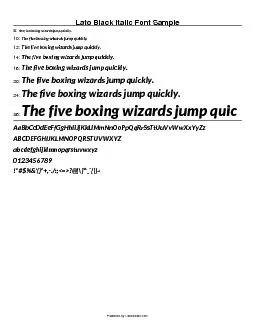PPT-Biomechanics of the Jump Shot
Author : marina-yarberry | Published Date : 2019-12-25
Biomechanics of the Jump Shot Kelvin Wang BIOL438 April 15 2014 Technique3 Phases Preparationbalance center of mass over support Executionjump and shoot release
Presentation Embed Code
Download Presentation
Download Presentation The PPT/PDF document "Biomechanics of the Jump Shot" is the property of its rightful owner. Permission is granted to download and print the materials on this website for personal, non-commercial use only, and to display it on your personal computer provided you do not modify the materials and that you retain all copyright notices contained in the materials. By downloading content from our website, you accept the terms of this agreement.
Biomechanics of the Jump Shot: Transcript
Download Rules Of Document
"Biomechanics of the Jump Shot"The content belongs to its owner. You may download and print it for personal use, without modification, and keep all copyright notices. By downloading, you agree to these terms.
Related Documents

